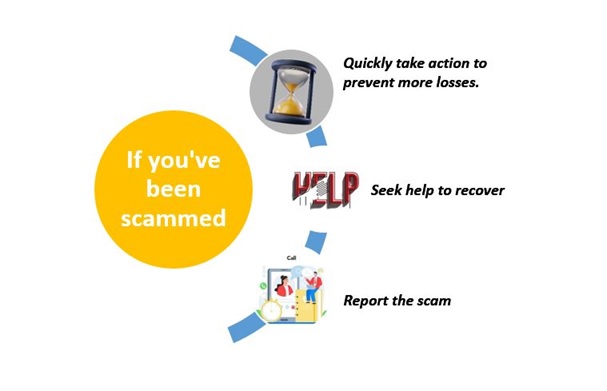Last updated on December 19, 2023

Online shopping is easy but …….
Is online shopping associated with a risk?
Online shopping is simple, but it can be risky. When you buy things online, there’s a chance that cybercriminals might try to harm you. They do this by trying to take your money or by stealing your personal information. These criminals can be tricky – they create fake websites, sell things that aren’t real, ask for your personal and payment details, and even install malicious software on your device. So, even though online shopping is convenient and easy, there may be a hidden danger that you should be careful about.
Negatives about online shopping
Online shopping scams can target any individual of any age and even businesses of any scale.
- Fake Websites: Some websites are not real and are made by cybercriminals. They use these sites to cheat people to steal their money or to get personal information.
- Fake Products: Sometimes, people receive things that are not what they were promised when they ordered them. They find out only after the delivery.
- Privacy and Security Concerns: When you pay for purchases online, you usually have to share personal details like your name, address, and email. Cybercriminals can misuse this information.
- Technical Issues: Both the person buying and the person selling can face problems because of bad internet connections, problems with their computer systems, or other technical issues. This can make shopping online difficult.
- Fear of Hackers: Hackers make fake shopping websites and steal personal information from customers. They use this information for bad things.
Let’s shop online safely
- Always shop using secure devices – Always make sure that the devices used are installed with latest updates and are also connected to a trusted network like home WIFI, your own cellular data and not public WIFI.
- Protect your payment information and accounts – Always be cautious when saving payment information on online shopping accounts. If you save payment information to an account, Multi-Factor Authentication (MFA) should be turned on and in places it’s not possible it’s better to use a long, complex and unique passphrase.
- Use secure payment methods for online transactions – Avoid paying with direct bank deposits, money transfers, or digital currencies like Bitcoin. Opt for safe options like PayPal or your credit card. Set up a separate credit card with a low limit just for online shopping.
- Always pick trusted sellers – Do a good research about online shopping websites before you buy anything and do business with trusted sellers.
- Report suspicious contacts without engaging with them – Be watchful of strange phone calls, messages or emails regarding online orders as it could be an approach to get personal or financial information.
- Look out for fake delivery scams – Cybercriminals trick public by sending fake parcel delivery messages with links leading to malware downloading. If you encounter such do not click on links, delete the message immediately and contact the courier/ seller referring to their authentic websites.

Sources:
Effects of Online Shopping – Bhawna Attreya*, in Journal of Advances and Scholarly Researches in Allied Education | Multidisciplinary Academic Research – https://ignited.in/a/58037

